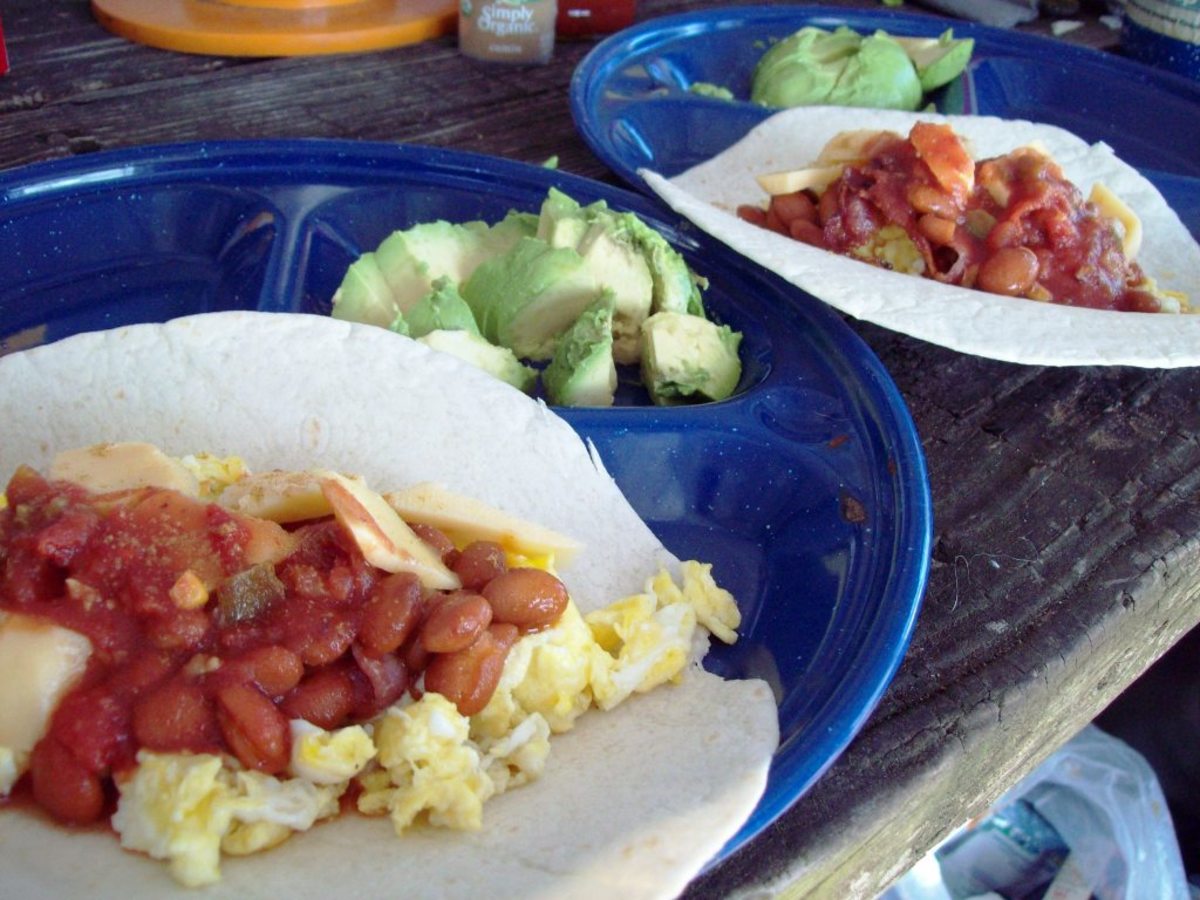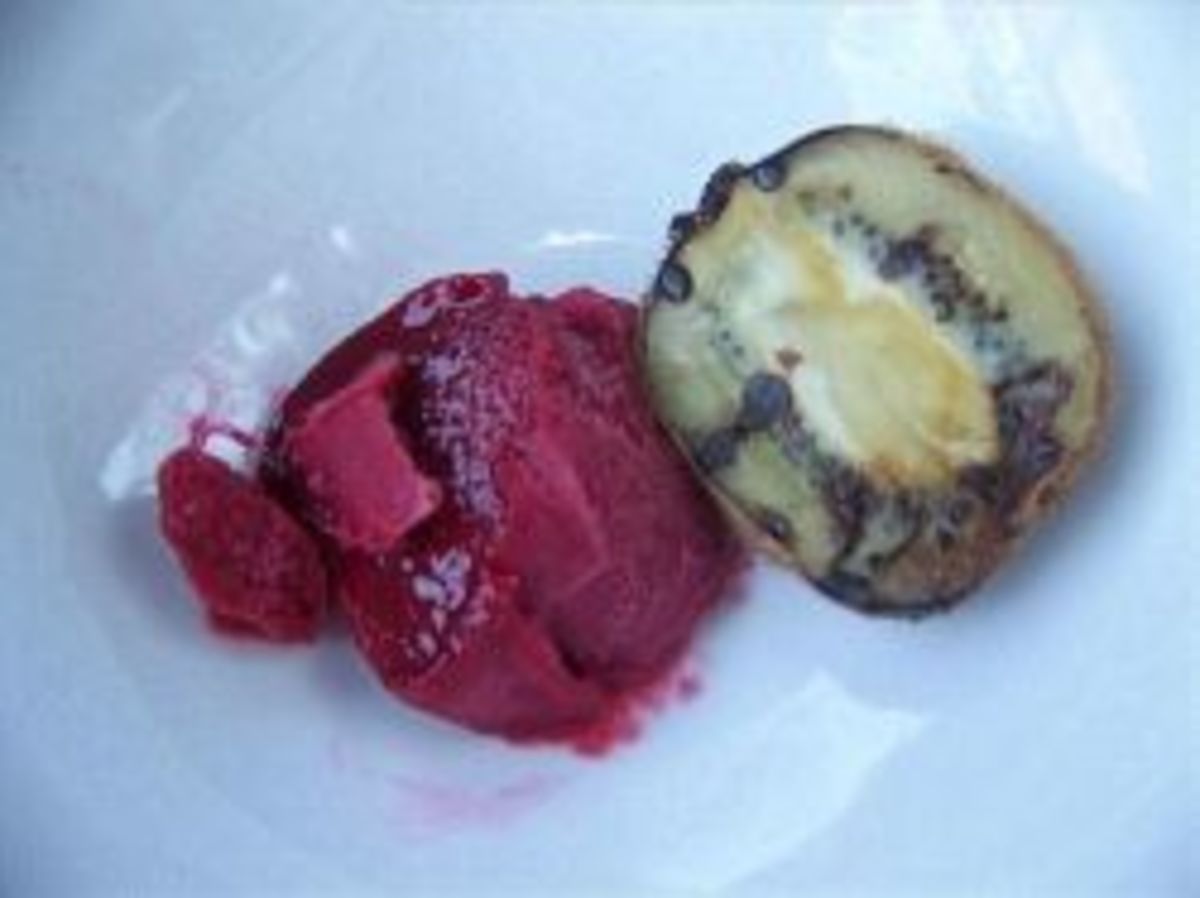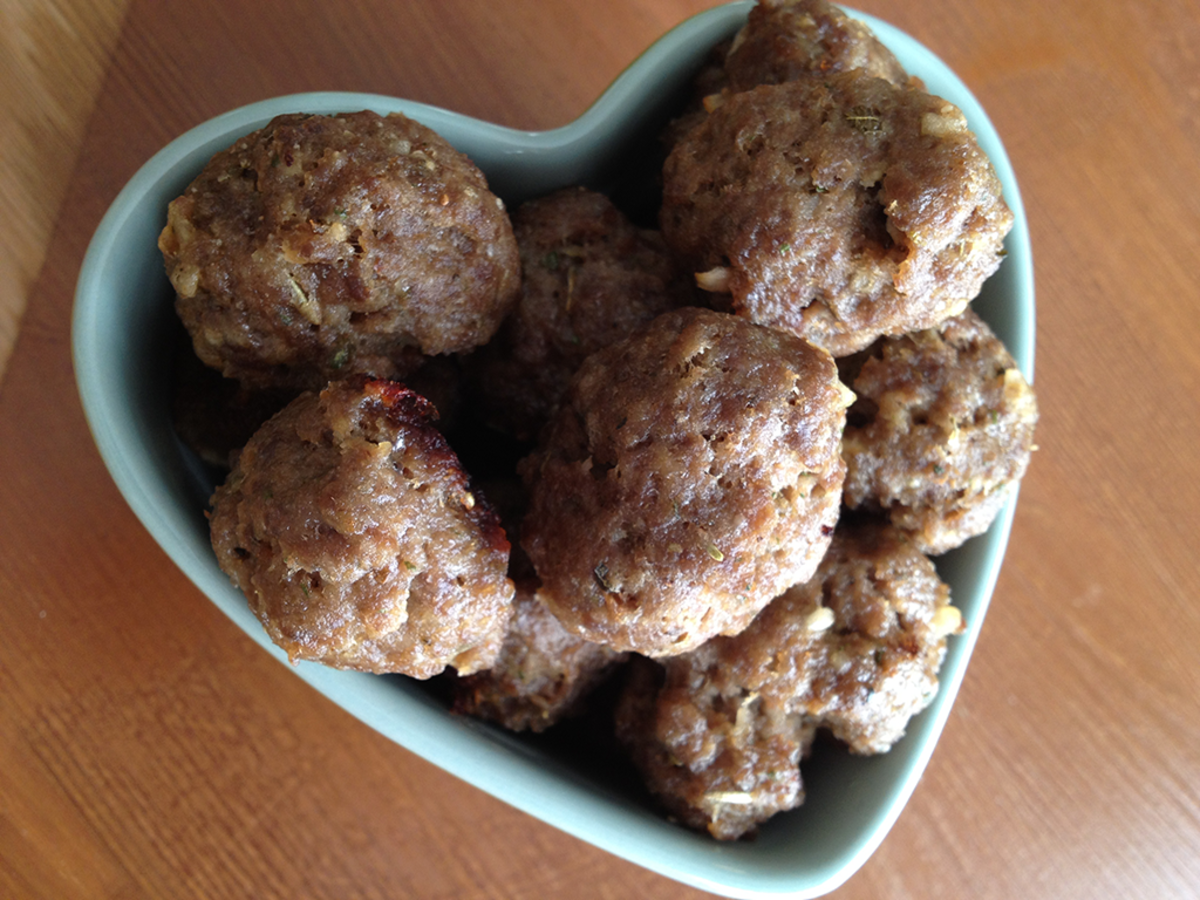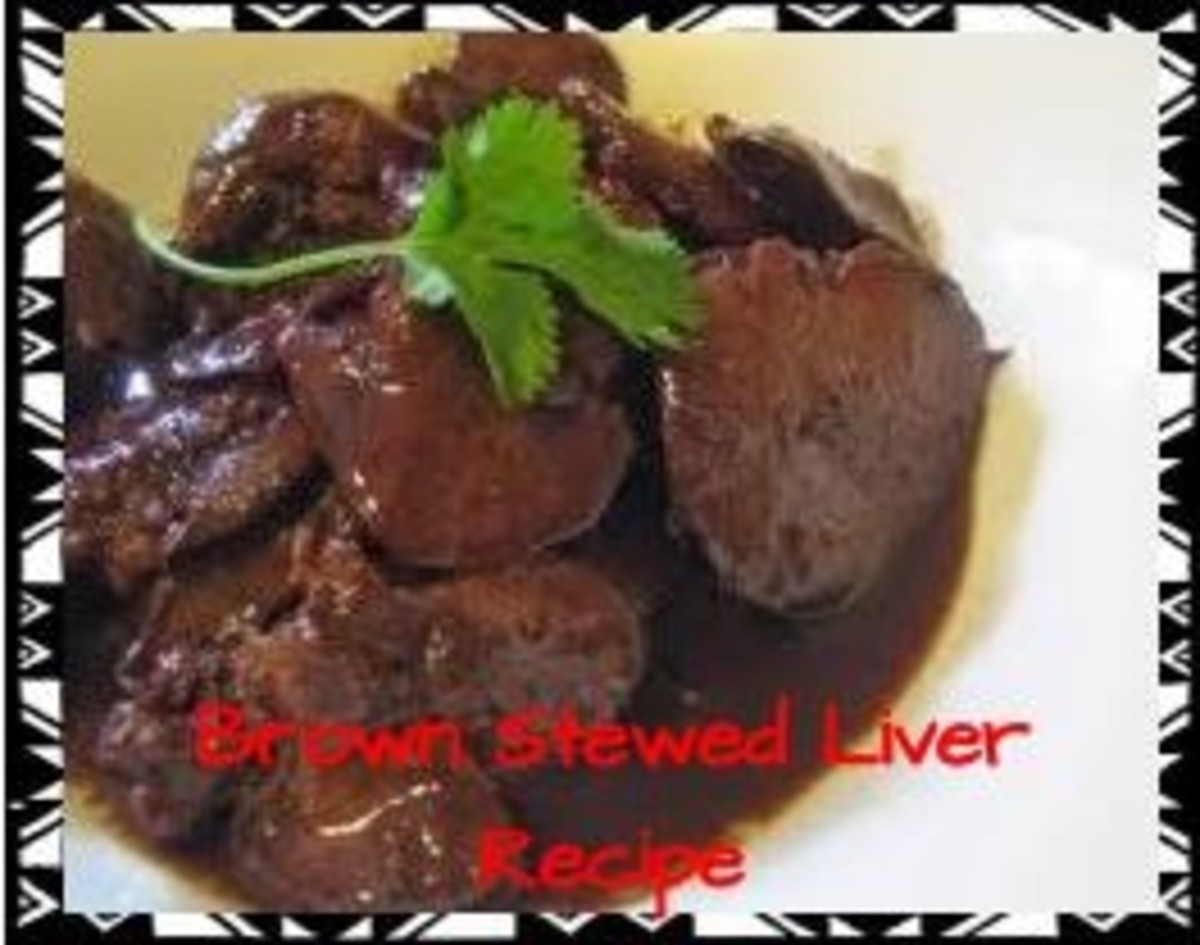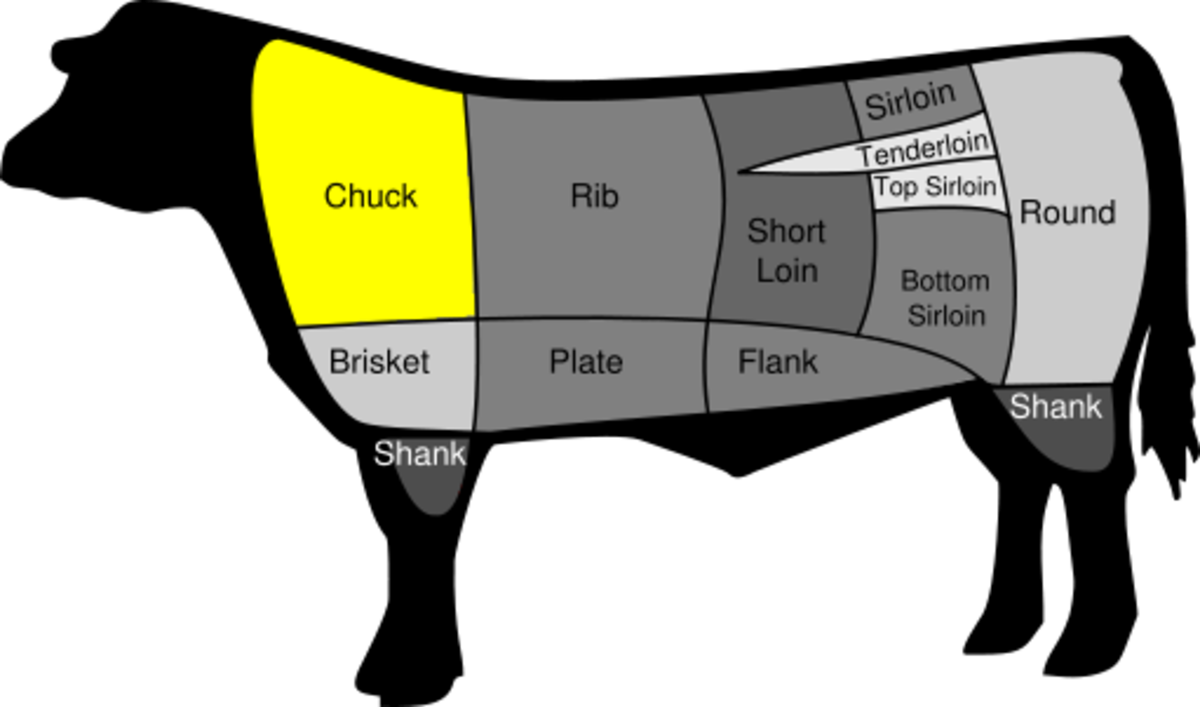How To Make Stuffed Cabbage
Learning to Cook
A long time ago, or, once upon a time :) (take your pick) as a young married woman, I discovered that my husband loved stuffed cabbage. Both his mom and mine used to make it a lot. Being relatively new to cooking, that was one meal I didn't know how to make. I had seen my mom make it many times, but never paid attention as to how she put it all together, nor did I bother to ask.
So, as the months went by, every now and then my hubby would say why don't you make stuffed cabbage? I thought, ok, I guess it's time I learned how.
So off to my mom's I went and got my first lesson in preparing this seemingly complicated meal. The things I knew how to make were rather plain and simple, such as meatloaf, meatballs, pork chops and lasagne. Making stuffed cabbage seemed like an awful lot of work and was not something I was looking forward to learning.
In any case, much to my surprise, it was not as complicated as I imagined. So, after getting lesson number one under my belt, I went home with recipe in hand. I'm not sure how much longer I waited before I attempted it on my own. I just knew that I wanted to surprise my hubby. I finally picked a Sunday and prepared it. Although I felt my solo attempt with this was not nearly as good as my mom's, my hubby was impressed.
So with the boost of confidence he gave me, I made the meal many, many times, much to his delight. The ultimate compliment I got was from my mom, who stated that mine tasted better than hers. Along the way, I had made a variation or two in the recipe, but not so much that it didn't taste like the original, just better.
Should you try this, my advice to you would be to put a morning aside to put it altogether so that you can have it for dinner that night. While this is relatively simple, it is time consuming. The plus is, it can be frozen to serve at another time.
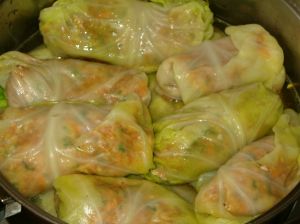
INGREDIENTS
2 or 3 lbs ground beef
2 cups white rice
2 cans tomato soup
1 small can tomato paste
1 16 oz can of sauerkraut, drained
1 large white onion
3 or 4 strips of bacon
2 heads of cabbage, medium to large, but not too large
small can of tomato sauce (optional)
water
TOOLS
2 large stew or spaghetti pots
2 large bowls
colander
1 medium saucepan
1 small frying pan
2 large 2-pronged forks
1 sharp steak or paring knife
cutting board
PREPARATION
Prepare the white rice according to directions and set aside.
Fry the bacon in the small pan, then cut the bacon into small pieces and set aside. Retain the bacon grease.
Chop the onion into small pieces. Minced is good. Set aside.
Open the cans of tomato soup and tomato paste. Set aside.
In a large bowl, combine the ground beef, the cooled rice, the chopped onion and bacon, the bacon grease, tomato paste, and salt and pepper and mix it all together. Set aside.
Rinse the two heads of cabbage thoroughly. Pat dry with paper towels.
Place one on the cutting board. You can remove the 2 or 3 outer leaves from the heads as they tend to be bruised or ripped. Set aside.
Using your sharp knife, cut approximately 1 inch down around the core. This will allow the leaves to separate from the head while par-boiling.
Repeat this on the second head.
Place each head in a pot of water. Turn the heat (gas or electric) on high and bring to a boil, then lower the flame/element to low.
You'll be par-boiling the cabbages as you don't want them fully cooked. They should be just soft enough so that the leaves separate easily from the core. Once the first layer of leaves have separated off the head, allow those leaves to boil just a minute or two longer.
Then using your fork, remove the separated leaves and place in the colander to drain. Then, using both forks, remove the heads from their pots. Stab the core on either side and lift the heads out of the pots. Let them drain a bit over the pots, then place on the cutting board.
Taking the knife, repeat the cutting around the core, no deeper than an inch down.
Place both heads back in their pots and let boil, checking for the softness of the leaves. When they are soft enough to pull away from the core, repeat the above process. Be careful not to fully cook the leaves, as this would make them useless for rolling.
You will do this process until you get down to the smaller leaves which cannot be used for rolling.
Once this is completed, take the remaining cores and place in a bowl. You have an option here which is to make a side dish with the remaining core and leaves, or, you can just trash them. I'll explain the side dish near the end of this recipe.
Now, bring your leaves, meat mixture, cutting board and a large pot to the table. At this point, you can take two or three of the largest leaves that you removed from the heads and set aside prior to cooking, and place them in the bottom of the pot. This will help keep the cabbage rolls from sticking.
Now, you will notice that at the base of each leaf the vein that runs down the middle is thicker near the base. Personally, I like to shave a piece off to make it thinner which makes it easier to roll the meat into the leaf. You can save those pieces if you like and keep them with the remaining head cores.
As you will see, the first leaves are the largest. Depending on how large they are, you can opt to cut the leaf in half which will give you two leaves to roll. It's a matter of preference, as some folks like large rolled cabbages. I prefer them small to medium, so I do cut the largest leaves in half.
If you choose to cut the leaf in half, cut down along the center vein.
Take a handful of the meat mixture and place near the bottom of the leaf and just roll it up. As you near the end of the leaf, fold the outer part of the leaf inward and continue rolling. This will create an envelope effect and keep the meat mixture inside. Once you have completed rolling all of the leaves and have them in the pot, it is now time to add the two cans of tomato soup with two cans of water and sauerkraut to the pot. Should you have any meat mixture that didn't get used, you can shape them into little rolls and just add them to the pot. This was the only way my kids would eat them, since they didn't like cabbage :)
Turn the flame/element on to medium and begin cooking. This meal can be cooked without a lid, but just check on any splattering. If it is splattering, you can lower the heat a bit. Allow 45 minutes to an hour to cook, as you want to be sure the meat is fully cooked. Check on the pot approximately every 10/15 minutes to make sure there is enough liquid, which ideally should be just near the top of all the cabbages. If you need to increase the liquid, you can add a small can of tomato sauce and a bit more water.
OPTIONS
If you like, buy a ring of kielbasa and slice it up. Add to the pot along with the other ingredients. This will also give the dish a nice flavor.
For those watching sodium intake, omit the bacon and bacon grease. Use a light salt. I use Morton's Lite Salt and use it all the time.
Buy sodium-free tomato soup, tomato sauce and tomato paste
Buy sodium-free sauerkraut. If you can't find it, you can rinse the canned sauerkraut with cold water and then add it.
Ok, so you would like to try the side dish with the remaining cabbages/cores. This is simple, as you will only need a large frying pan and your cutting board.
INGREDIENTS FOR THE LEFT-OVER CABBAGE DISH
leftover cabbage
medium onion
white flour
¼ to ½ cup milk
1 stick butter
salt/pepper to taste
First, cut up all the remaining cabbage into slivers, as you would do with an onion and set aside.
In the frying pan, melt the stick of butter. Add the onion and cut up cabbage and brown a bit, then remove from the pan. To the remaining melted butter, (melt a bit more if it doesn't look like enough) add enough flour and stir, so that it becomes somewhat of a pasty mixture. Once that is blended, add some milk, then stir to get a nice creamy consistency. Once it is the consistency you like, add the cabbage/onions, salt and pepper, and there you have it.
This can be served with the stuffed cabbage, or, you can simply refrigerate it and serve it as a side dish with any dinner. This might be the better option since we know cabbage is a rather gassy vegetable.
So, here you have it. My hope is that you try it just once. I fully realize this sounds a bit daunting, but really, it is well worth the effort. This would be great to try on a lazy weekend when the weather is too cold/snowy or rainy to do anything else. Worst case scenario? If it turns out to be a total disaster, order a pizza and call it a day :)



